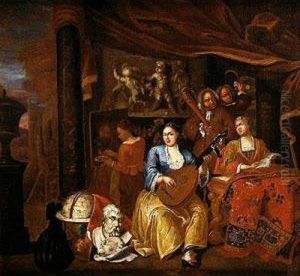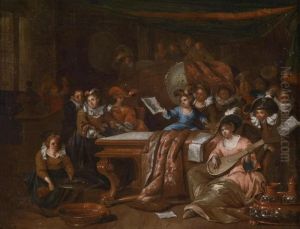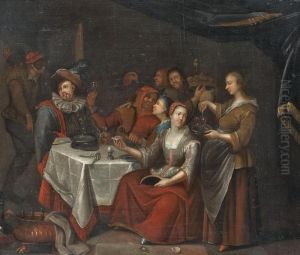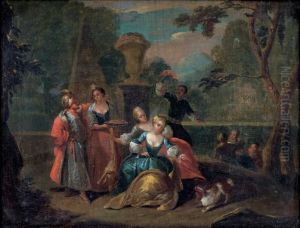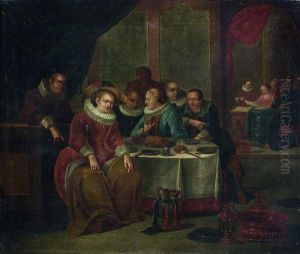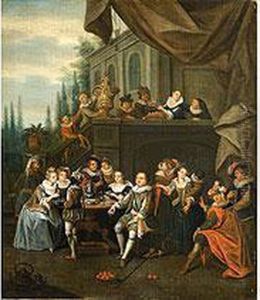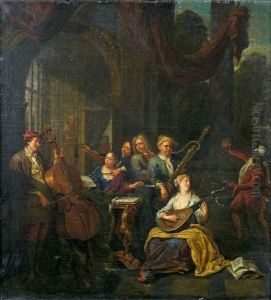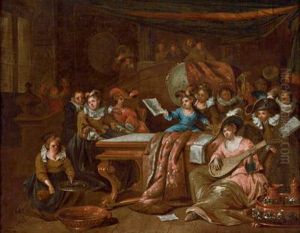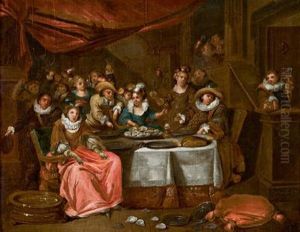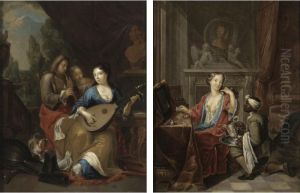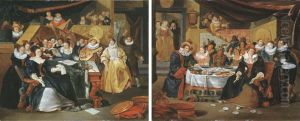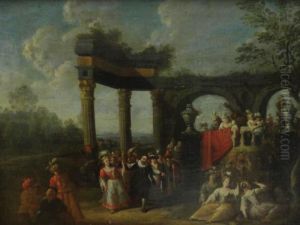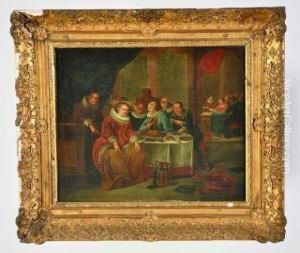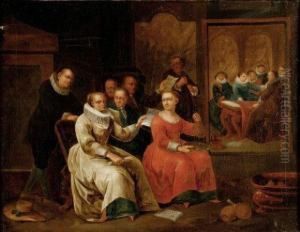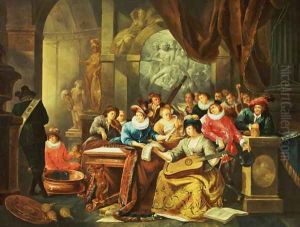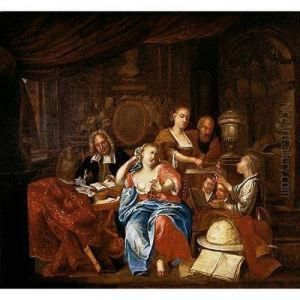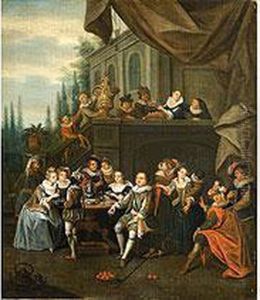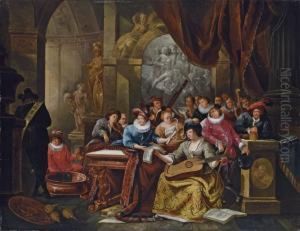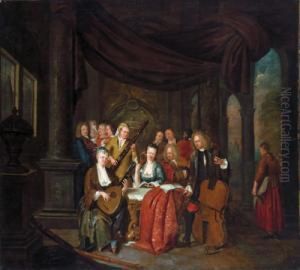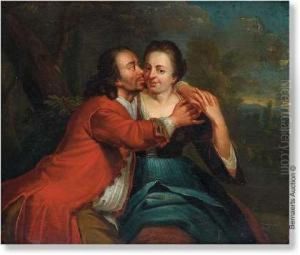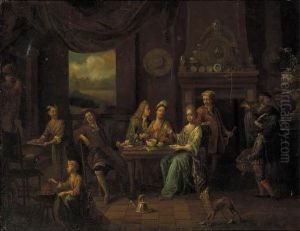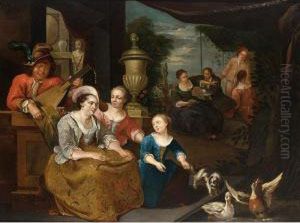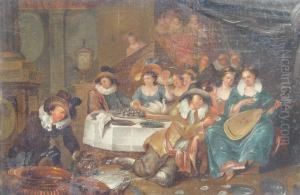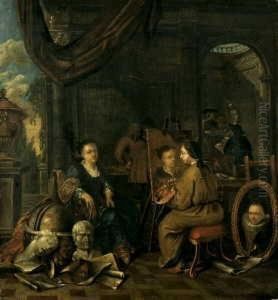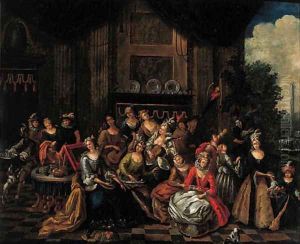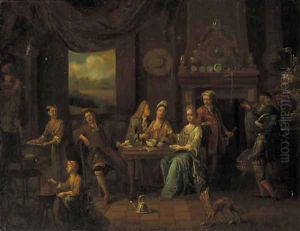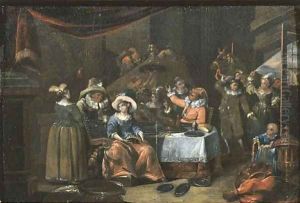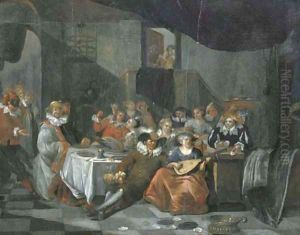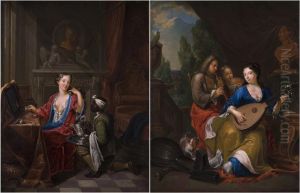Franz Xavier Hendrick Verbeeck Paintings
Franz Xavier Hendrick Verbeeck was a Flemish painter known for his detailed and humorous genre scenes, often featuring comical figures and whimsical interpretations of everyday life in the 18th century. Born in 1726 in Mechelen, Southern Netherlands (present-day Belgium), Verbeeck was part of an artistic family and received his early training from his father, who was also a painter.
His work was deeply influenced by the Flemish tradition of genre painting, which included artists like Adriaen Brouwer and David Teniers the Younger. Verbeeck’s paintings typically depicted lively tavern scenes, village kermises (festivals), and other aspects of peasant life. He had a particular talent for capturing the expressions and movements of his characters, often portraying them in the midst of humorous or satirical situations.
Despite the popularity of genre scenes in Flemish art, there is relatively little documentation on Verbeeck’s life and career. Records indicate that he was active in Mechelen and likely participated in the local guild. However, his work did not gain widespread recognition during his lifetime, and it was only later that art historians began to appreciate his contributions to Flemish genre painting.
Franz Xavier Hendrick Verbeeck died in 1771. Today, his paintings can be found in various art collections and museums, and they serve as valuable documents of the social customs and daily life of his time. His ability to blend satire with keen observations of human nature makes his work an interesting study for art historians and enthusiasts of Flemish art.
